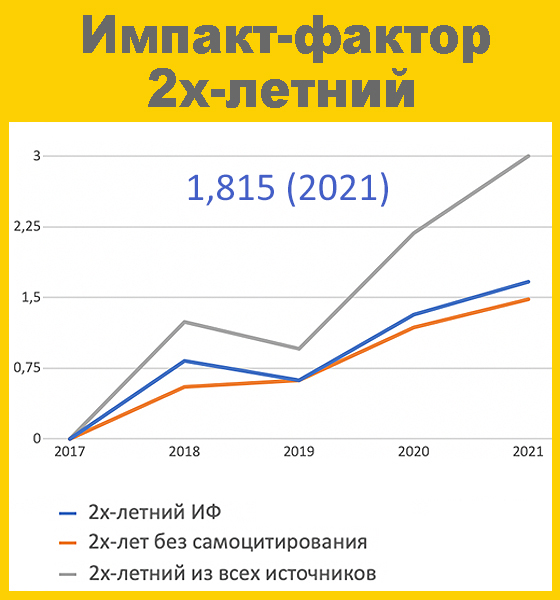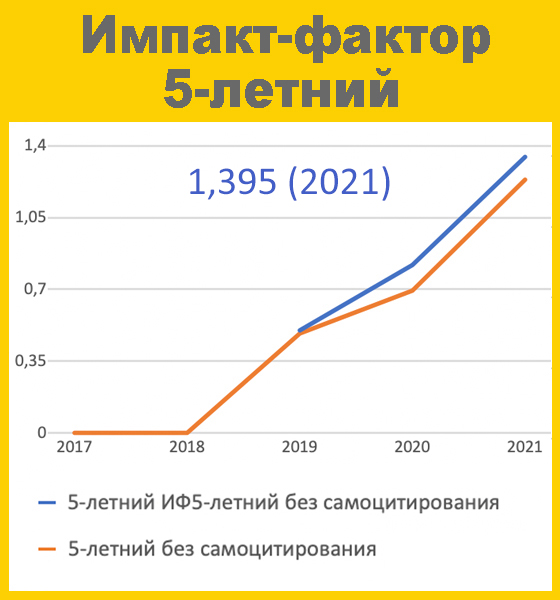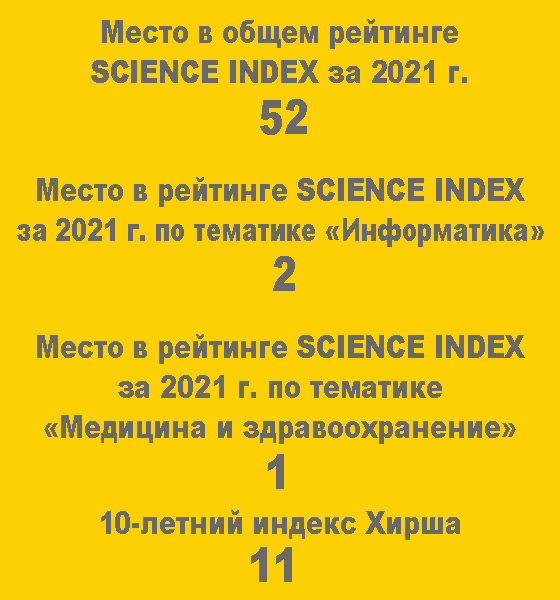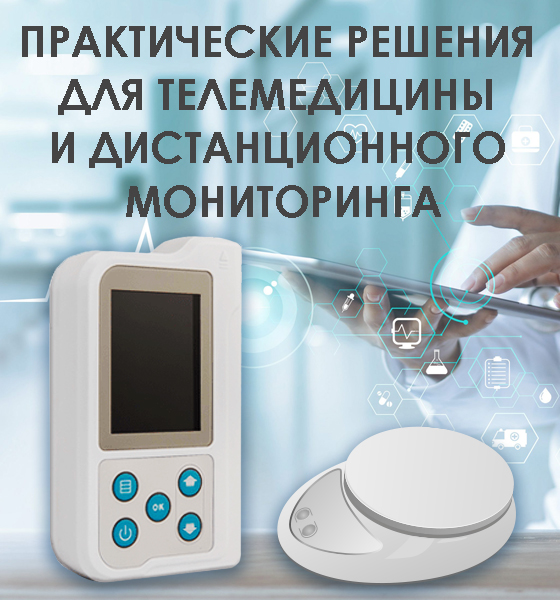E-Health System: A Tool for Investigations on Demographic Distribution Pattern of Dermal Diseases in Remote Beneficiary
 3253
3253 Dermatology Department King Edward Medical University/ Mayo Hospital, Lahore is actively contributing in successful running of the medical system with its consultation services. Since 2009 up till 2013, it has provided consultancy services to more than 16000 patients in the beneficiary network consisting of Gugrat, Jhang, DG Khan, Attock, Sahiwal, Khushab and Rajan Pur. On compiling the data, the picture of disease distribution pattern appeared. Among different skin related diseases, most commonly seen problem was superficial fungal infections (of six types) namely Tinea capitis, Tinea corporis, Tinea faciei, Tinea cruris, Tinea incognito and Tinea mannum. Among other notable diseases worth mentioning were, acne vulgaris, nodulocystic acne, scabies with and without secondarybacterial infections and secondary eczematization, alopecia areata, sycosis barbae,impetigo bullosa contagiosa,ichthyosis,DLE (discoid lupus erythematosus), Hirsuitism (polycystic ovarian syndrome),leishmaniasis and among herpetic infections recurrent herpes simplex labialis and genitalis, viral warts, molluscum contagiosum, condyloma accuminata and lata. Distribution frequency of the data showed that the mentioned skin diseases were more seen in age group between 2050 years age group with equal gender distribution. The victimized group was mostly due to unhygienic & poor socioeconomic living standards. While the distribution frequency of skin diseases namely DLE (discoid lupus erythematosus), Nodulocystic acne with hirsuitism (polycystic ovarian syndrome) and Herpetic infections belonged to middle class. The key objective of presenting this study is to highlight the importance of telemedicine academically in health structure showing the prevalence and the ice burg of the problem. The system also provides opportunities to involve experts from diversified groups of medical field esp. psychologists, educationists, media and policy makers to rehabilitate poor masses of remote areas.
| Attachment | Size |
|---|---|
| Download | 245.74 KB |



















































